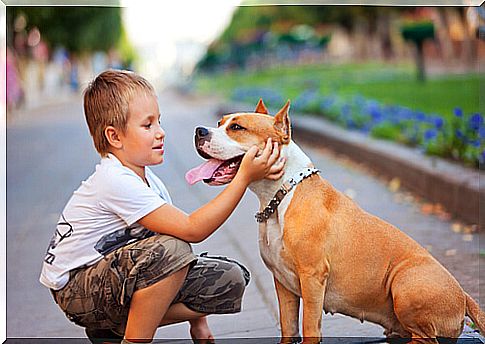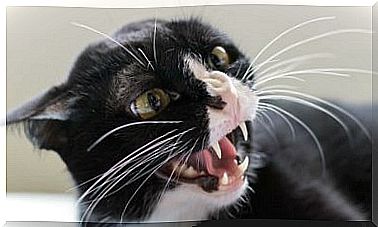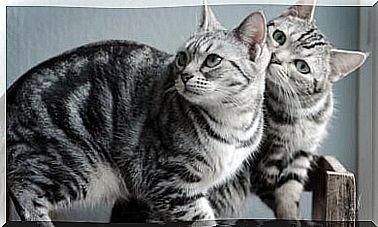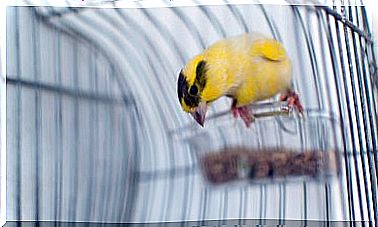How To Avoid Conflicts Between The Dog And Your Child

Having a child grow up with a pet is one of the best gifts life can give him during his childhood. However, without the proper socialization of the dog and without the corresponding education – both of the little one and of the animal – turbulence can sometimes arise in such an idyllic relationship. Today we tell you how to avoid conflicts between the dog and your child.
Education and socialization, pillars for a good relationship between dogs and children

A furry dog must have proper socialization -whether as a puppy or as an adult- so that it learns to properly relate to children and not associate them with situations that may cause fear.
It should be known that, except in some specific cases, dogs react aggressively only when they feel scared.
At the same time, you must explain to your child – according to his age – that his pet is not a toy. You will have to understand, then, that your dog is a living being that must be respected as such.
The education and socialization of the dog are fundamental pillars for a good interaction between dogs and children. On the other hand, teaching your child to respect and be responsible with his pet will guarantee a conflict-free relationship with his furry friend.
Keys to avoid conflicts between the dog and your child
Let’s start from the basis that little ones are not born knowing how to treat dogs. In addition, as children, they can perform actions that scare or annoy their four-legged friend, who will react aggressively or appear visibly frightened. For instance:
- To emit different sounds at a quite considerable volume.
- Make sudden movements, especially of your limbs.
- Carry out different actions such as pulling the animal’s tail, taking its food, etc.
Constant supervision is a vital tool
To avoid reaching extreme situations, such as the dog ending up biting the child, you must constantly monitor the way they are learning to relate. You should explain to your child that:
- You should not disturb your four-legged friend when he eats or sleeps.
- You do not have to hit or intimidate him.
- Sometimes the animals do not feel well or do not feel like playing all the time.
How to troubleshoot
It may happen that a dog, during its socialization stage, has experienced a traumatic situation associated with children. For instance:
- Walking down the street he was intimidated by the bustle or the exaggerated movement of a group of creatures.
- He received jerks on his leash to prevent him from jumping on small passersby.
These situations must be resolved to avoid conflicts between the dog and your child. Positive Reinforcement is usually the best option for the animal to leave behind the fears caused by the creatures and learn to relate them to rewarding events.
Teach your child to interpret the dog’s calm signals
On the other hand, both the adults in the house and the little ones, must learn to interpret the signals that a dog emits when it needs to be left alone, even for a while. The so-called signs of calm can be:
- Tilt your head.
- Look away.
- Lick the muzzle.
- Yawn.
- Move slowly.
Explain to your child how to be responsible with his pet
Also, as your child grows, you must teach him to be responsible with his pet. It is important that – and always according to his age – he learns to also take care of his furry. For instance:
- Let him clean the bowls and the animal’s bed.
- Take care of your food.
- Let him put fresh water on it constantly.
- Let him brush it.
- Take him out for a walk.
- Let it be from the game when the dog visits the vet.
For a lasting friendship between your son and his dog

Surely, your child’s relationship with his dog will be wonderful throughout his childhood and even more. Instilling a child with love and respect for animals will make them a more sensitive and responsible adult.
To get to this point, you must first arm yourself with patience and affection so that infants and dogs learn to live together without conflict. As you can see, it is not difficult to avoid conflicts between the dog and your child. Both can be very happy together.









